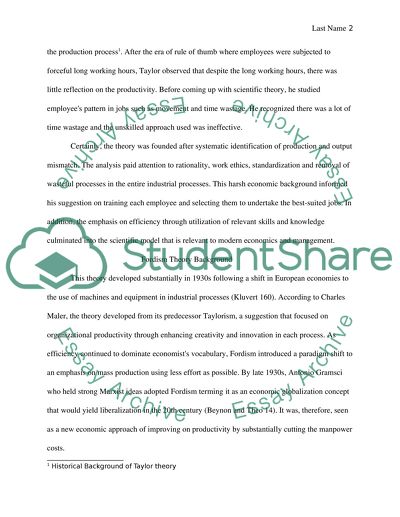Cite this document
(“Comparing Fordism and Scientific Management (Taylorism) Research Paper”, n.d.)
Retrieved from https://studentshare.org/macro-microeconomics/1659914-comparing-fordism-and-scientific-management-taylorism
Retrieved from https://studentshare.org/macro-microeconomics/1659914-comparing-fordism-and-scientific-management-taylorism
(Comparing Fordism and Scientific Management (Taylorism) Research Paper)
https://studentshare.org/macro-microeconomics/1659914-comparing-fordism-and-scientific-management-taylorism.
https://studentshare.org/macro-microeconomics/1659914-comparing-fordism-and-scientific-management-taylorism.
“Comparing Fordism and Scientific Management (Taylorism) Research Paper”, n.d. https://studentshare.org/macro-microeconomics/1659914-comparing-fordism-and-scientific-management-taylorism.


